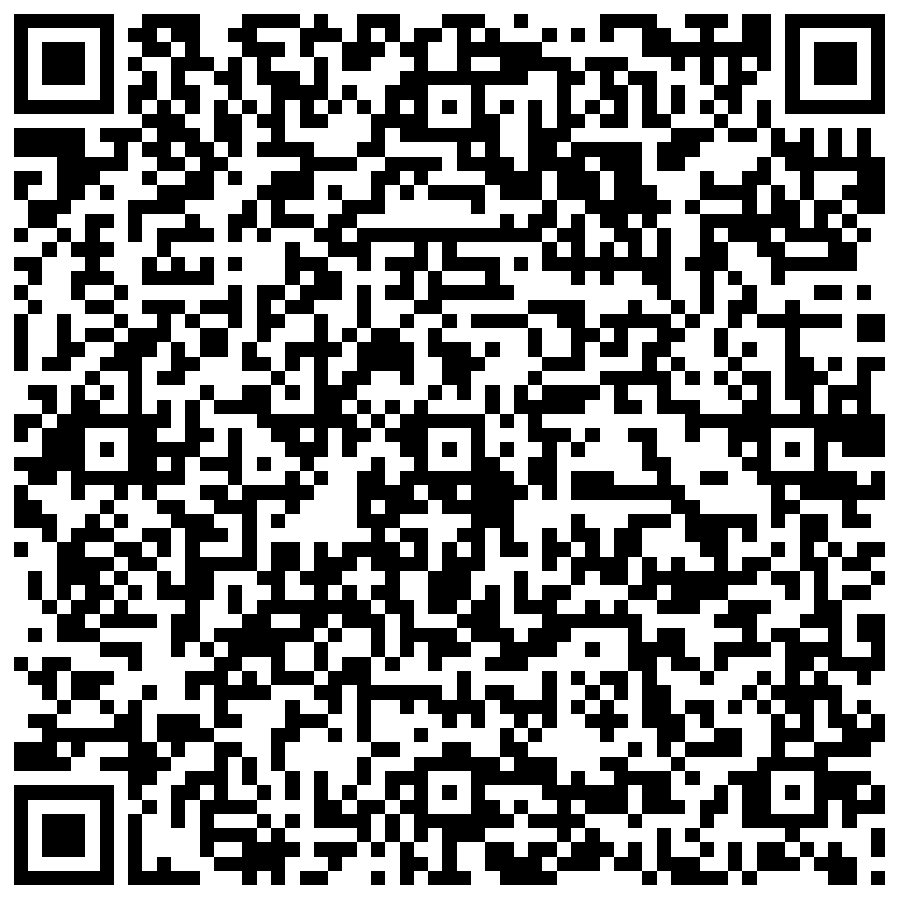Audit of IT Governance Based on COBIT 5 Assessments: A Case Study
(1) Universitas Bunda Mulia, Jakarta
(*) Corresponding Author
Abstrak
Kata Kunci
Teks Lengkap:
PDF (English)Referensi
F.H. Fadzil, H. Haron and M. Jantan, "Internal auditing practices and internal control System,” Managerial Auditing Journal, vol. 20, no 8, pp. 844-866, 2005.
J. O. Polo and D. Oima, “Effect of Computerised Accounting Systems on Audit Risk Management in Public Enterprises: A Case of Kisumu County, Kenya,” International Journal of Education and Research, vol. 1, no. 5, pp. 1-10, 2013.
A. Latif and N. Hanifi, “Analyzing IT Function Using COBIT 4.1 A Case Study of Malaysian Private University,” Journal of Economics, Business and Management, vol. 1, no. 4, pp. 406-408, 2013.
W. V. Grembergen and S. D. Haes, “Enterprise Governance of Information Technology: Achieving Strategic Alignment and Value,” Springer, New York, 2009.
R. A. Khther and M. Othman, “Cobit Framework as a Guideline of Effective IT Governance in Higher Education : A Review,” International Journal of Information Technology Convergence and Services, vol. 3, no. 1, pp. 21-29, 2013.
D. Lacković, “Model for IT Governance Assessment in Banks Based on Integration of Control Function,” International Conference Active Citizenship by Management, Knowledge Management & Innovation, pp. 439-444, 2013.
N. Rezaei, “The Evaluation of Implementing IT Governance Controls,” Journal of Applied Business and Finance Researches, vol. 2, Issue 3, pp. 82-89, 2013.
S. D. Haes and W. V. Grembergen, “IT Governance and Its Mechanisms,” Information Systems Audit and Control Association. Available : www.isaca.org, 2004.
J. A. Hall, “Information Technology Auditing and Assurance,” Third Edition, South-Western, Cengage Learning, 2011.
D. D. Jacobson, “Revisiting IT Governance in the Light of Institutional Theory, In System Sciences,” 42nd Hawaii International Conference on IEEE, pp. 1-9, 2009.
C. Meriyem, S. Adil and M. Hicham, “IT Governance Ontology Building Process : Example of developing Audit Ontology,” International Journal of Computer Techniques, vol. 2, Issue 1, pp. 134-141, 2015.
H. A. Khaddash, R. A. Nawas and A. Ramadan,” Factors affecting the quality of Auditing: The Case of Jordanian Commercial Banks,” International Journal of Business and Social Science, vol. 4, no. 11, pp. 206-222, 2013.
E. Maria and E. Haryani, “Audit Model Development of Academic Information System : Case Study on Academic Information System of Satya Wacana,” International Refereed Research Journal, vol. II, Issue 2, pp. 12-24, 2011.
I. M. A. Zwyalif, “IT Governance and its Impact on the Usefulness of Accounting Information Reported in Financial Statements,” International Journal of Business and Social Science, vol. 4, no. 2, pp. 83-94, 2013.
T. Sethibe, J. Campbell and C. McDonald, “IT Governance in Public and Private Sector Organisations: Examining the Differences and Defining Future Research Directions,” 18th Australasian Conference on Information Systems, pp. 833-843, 2007.
K. Doughty, “IT Governance: Pass or Fail?,” Information Systems Control Journal 3, 2005.
S. Khanyile and H. Abdullah, “COBIT 5: an evolutionary framework and only framework to address the governance and management of enterprise IT,” UNISA.
ITGI: COBIT Mapping: Mapping ISO/IEC 17799:2005 with COBIT 4.0, p. 6, 2006.
ITGI: COBIT 4.1 Excerpt, p. 9, 2007.
A. Pasquini, “COBIT 5 and the Process Capability Model. Improvements Provided for IT Governance Process,” Proceedings of FIKUSZ ’13 Symposium for Young Researchers, Published by Óbuda University, pp. 67-76, 2013.
A. Amid and S. Moradi, ”A Hybrid Evaluation Framework of CMM and COBIT for Improving the Software Development Quality,” Journal of Software Engineering and Applications, pp. 280-288, 2013.
ISACA: COBIT Five: A Business Framework for the Governance and Management of Enterprise IT, 2012.
J. F. Andry, “Audit Tata Kelola TI Menggunakan Kerangka Kerja Cobit Pada Domain DS dan ME di Perusahaan Kreavi Informatika Solusindo,” Seminar Nasional Teknologi Informasi dan Komunikasi, pp. 287-294, 2016.
J. F. Andry, “Audit Sistem Informasi Sumber Daya Manusia Pada Training Center Di Jakarta Menggunakan Framework Cobit 4.1,” Jurnal Ilmiah FIFO, vol. VIII, no.1, pp. 28-34, 2016.
Artikel Statistik
PDF (English) telah dilihat : 8150 kali
Refbacks
- —
- —
- —
- —
- —
- —
- —
- —
- —
- —
- —
- —
- —
- —
- —
- —
- —
- —
- —
- —
- —
- —
- —
- —
- —
- —
- —
- —
- —
- —
- —
- —
- —
- —
- —
- —
- —
- —
- —
- —
- —
- —
- —
- —
- —
- —
- —
- —
- —
- —
- —
- —
- —
- —
- —
- —
- —
- —
- —
- —
- —
- —
- —
- —
- —
- —
- —
- —
- —
- —
- —
- —
- —
- —
- —
- —
- —
- —
- —
- —
- —
- —
- —

This work is licensed under a Creative Commons Attribution-ShareAlike 4.0 International License.
 | Alamat Redaksi : Departemen Sistem Informasi, Fakultas Teknologi Informasi Universitas Andalas Kampus Limau Manis, Padang 25163, Sumatera Barat email: teknosi@fti.unand.ac.id |
Jumlah Pengunjung :

This work by JSI-Unand and licensed under a CC BY-SA 4.0 International License.















